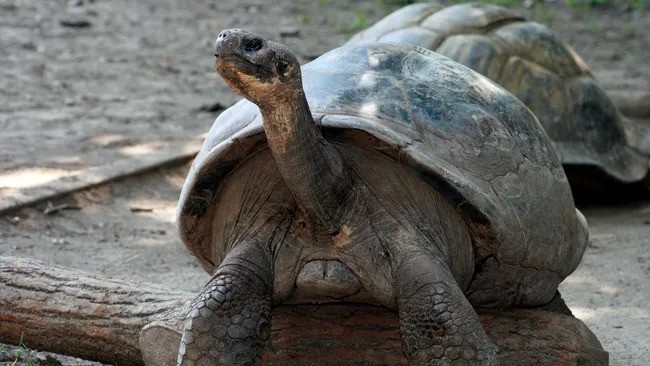 |
| The western Santa Cruz Galápagos giant sea turtle has become the oldest person in its species to give birth for the first time after giving birth to her first calf at the age of around 100. Photo: Philadelphia Zoo. |
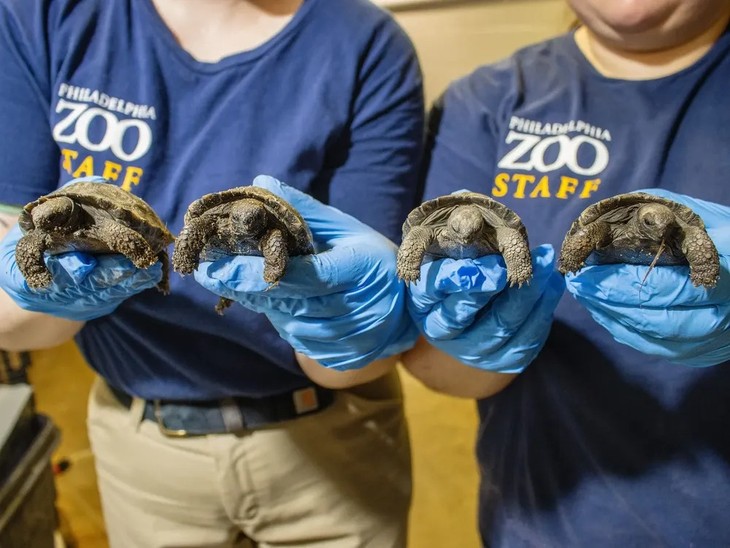 |
| Specifically, the Pennsylvania Zoo in Pennsylvania, USA, recently successfully hatched the egg of an elderly western Santa Cruz Galápagos tortoise (Chelonoidis niger porteri) named Mummy. Zoo staff do not know Mommy's exact age, but she has been at the zoo for more than 90 years. Photo: Philadelphia Zoo. |
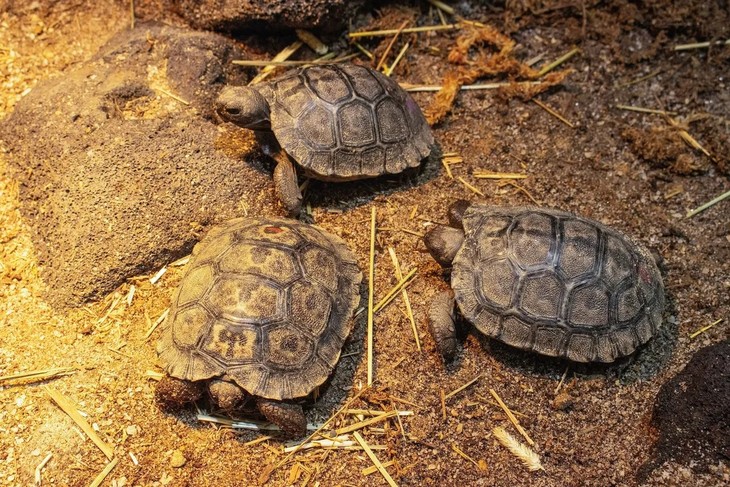 |
| The western Santa Cruz Galápagos tortoise is critically endangered in its native Galápagos Islands. There are fewer than 50 western Santa Cruz Galápagos tortoises left in zoos in the United States. This is the first time the Philadelphia Zoo has hatched an egg of this species in its more than 150-year history. Photo: Philadelphia Zoo. |
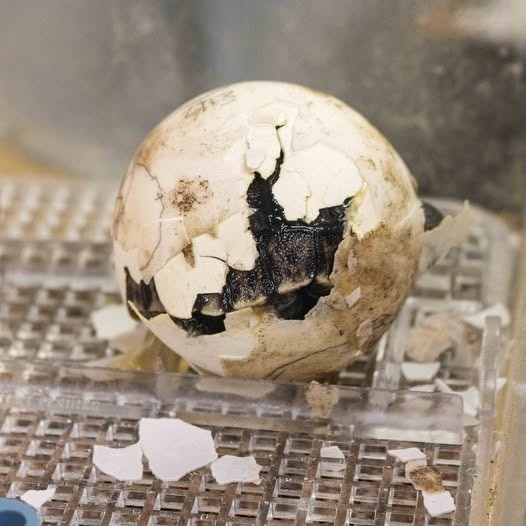 |
| "This is a milestone in the history of the Philadelphia Zoo and we couldn't wait to share this exciting news with everyone. Mommy arrived at the zoo in 1932, which means anyone who has visited the zoo in the past 93 years has definitely met her," said Jo-Elle Mogerman, President and CEO of the Philadelphia Zoo. Photo: Philadelphia Zoo. |
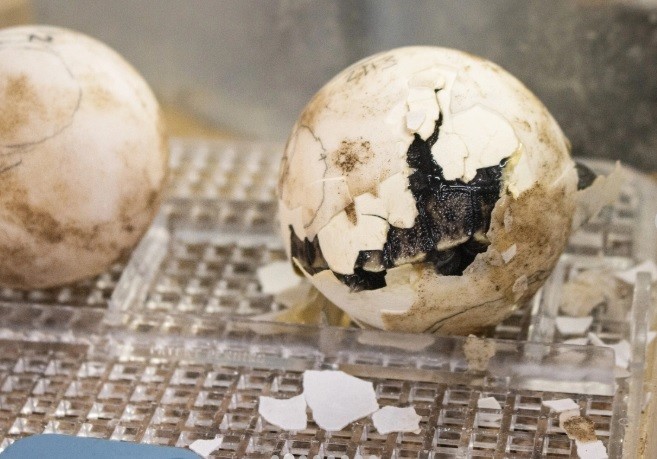 |
| The Western Santa Cruz Galápagos tortoise is a subspecies of the Galápagos tortoise. It is the largest tortoise species on Earth. Males are typically much larger than females, reaching about 6 feet (1.8 m) in length and weighing 560 pounds (260 kg). Photo: Philadelphia Zoo. |
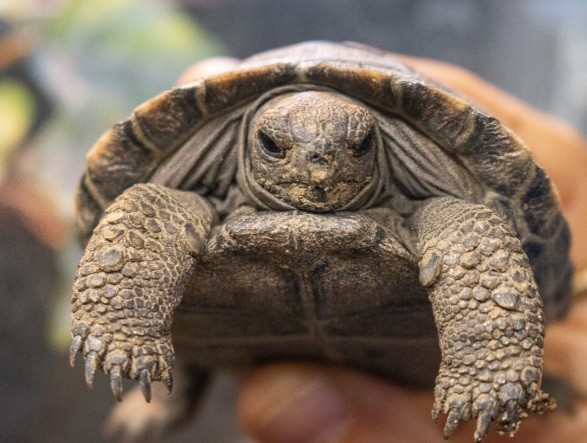 |
| Human activity in the Galápagos Islands has wiped out several species of tortoises, and has pushed the western Santa Cruz Galápagos tortoise to the brink of extinction. Historically, sailors have decimated tortoise populations by hunting them for meat. Humans have also impacted their habitats, introducing invasive species such as goats that compete with tortoises for food, as well as cats and rats that eat baby tortoises and their eggs, according to the International Union for Conservation of Nature. Photo: Philadelphia Zoo. |
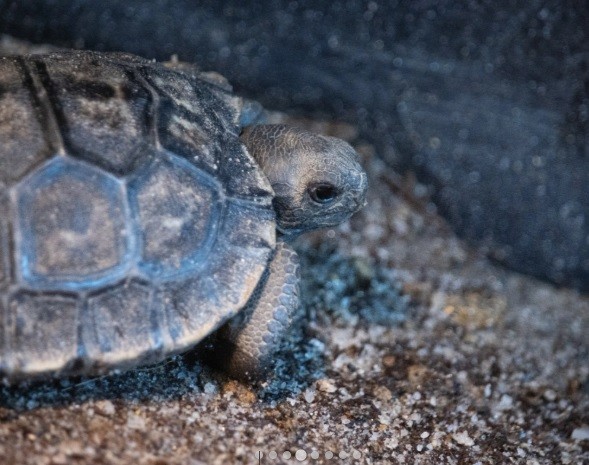 |
| Mommy is part of a captive breeding program at US zoos to help protect the western Santa Cruz Galápagos tortoise subspecies. Mommy gave birth for the first time in several years after mating with a male named Abrazzo, who is also around 100 years old. Abrazzo moved to Philadelphia in 2020 after spending time at Riverbanks Zoo in South Carolina. Photo: Philadelphia Zoo. |
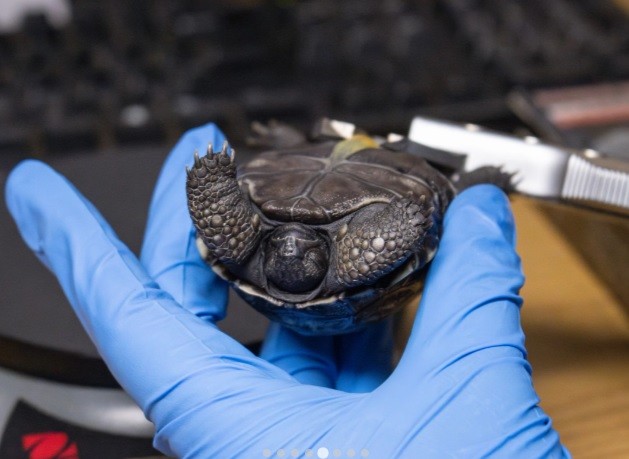 |
| After mating with Abrazzo, Mommy laid 16 eggs in November 2024. Zoo staff collected the eggs and placed them in artificial incubators. Like most turtles, the sex of the incubating turtle is determined by the incubation temperature. Photo: Philadelphia Zoo. |
 |
| Temperatures below 80 degrees Fahrenheit produce males, while temperatures above 85 degrees Fahrenheit produce females. Zookeepers incubate half the eggs at male temperatures and the other half at female temperatures. So far, only female turtles have hatched. Photo: Philadelphia Zoo. |
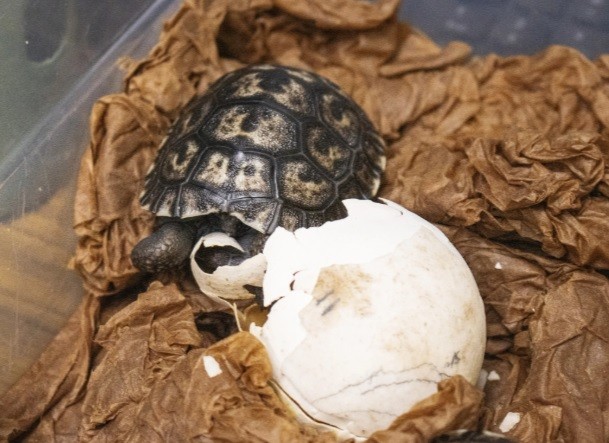 |
| Tortoises and many other reptiles are able to reproduce throughout their adult lives, so they can reproduce well into old age. Researchers aren’t sure how long the western Santa Cruz Galápagos tortoise can live, but one individual set the record by reaching 171 years old. Photo: Philadelphia Zoo. |
Readers are invited to watch the video: Close-up of 5 rare sea turtle species of Vietnam listed in the Red Book.
Source: https://khoahocdoisong.vn/giat-minh-rua-bien-khong-lo-100-tuoi-lan-dau-sinh-con-post268019.html


![[Photo] Promoting friendship, solidarity and cooperation between the armies and people of the two countries](https://vstatic.vietnam.vn/vietnam/resource/IMAGE/2025/4/17/0c4d087864f14092aed77252590b6bae)
![[Photo] President Luong Cuong receives Kenyan Defense Minister Soipan Tuya](https://vstatic.vietnam.vn/vietnam/resource/IMAGE/2025/4/17/0e7a5185e8144d73af91e67e03567f41)
![[Photo] Warm meeting between the two First Ladies of the Prime Ministers of Vietnam and Ethiopia with visually impaired students of Nguyen Dinh Chieu School](https://vstatic.vietnam.vn/vietnam/resource/IMAGE/2025/4/17/b1a43ba73eb94fea89034e458154f7ae)
![[Photo] Prime Minister Pham Minh Chinh and Ethiopian Prime Minister visit Tran Quoc Pagoda](https://vstatic.vietnam.vn/vietnam/resource/IMAGE/2025/4/17/18ba6e1e73f94a618f5b5e9c1bd364a8)
![[Photo] Welcoming ceremony for Chinese Defense Minister and delegation for friendship exchange](https://vstatic.vietnam.vn/vietnam/resource/IMAGE/2025/4/17/fadd533046594e5cacbb28de4c4d5655)
![[Photo] General Secretary To Lam receives French Ambassador to Vietnam Olivier Brochet](https://vstatic.vietnam.vn/vietnam/resource/IMAGE/2025/4/17/49224f0f12e84b66a73b17eb251f7278)


















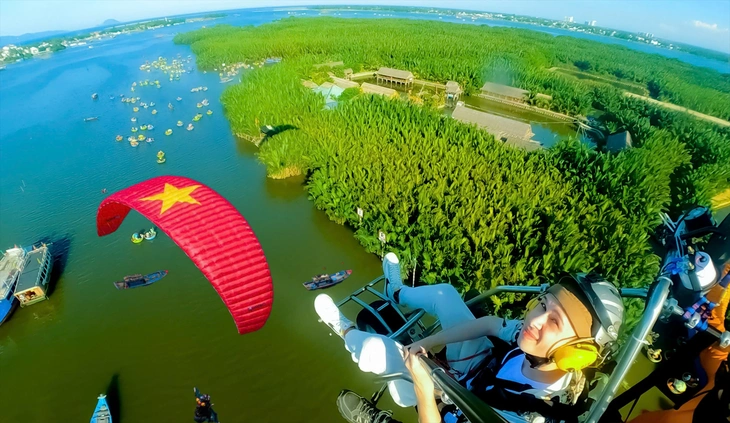





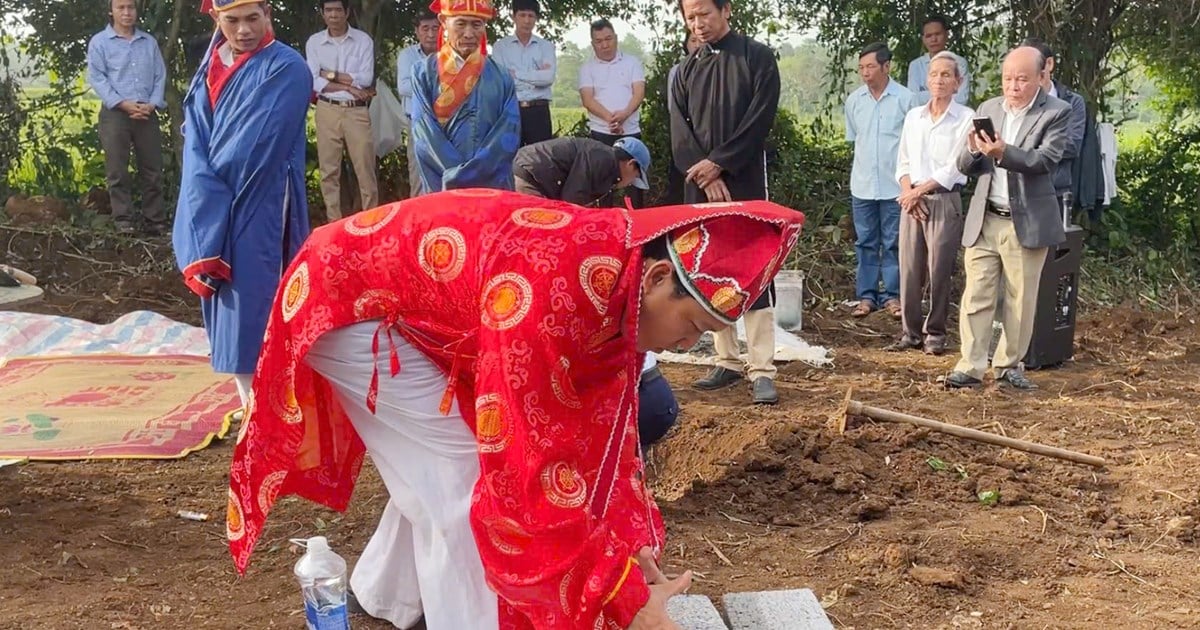

















![[Video] Viettel officially puts into operation the largest submarine optical cable line in Vietnam](https://vstatic.vietnam.vn/vietnam/resource/IMAGE/2025/4/17/f19008c6010c4a538cc422cb791ca0a1)





















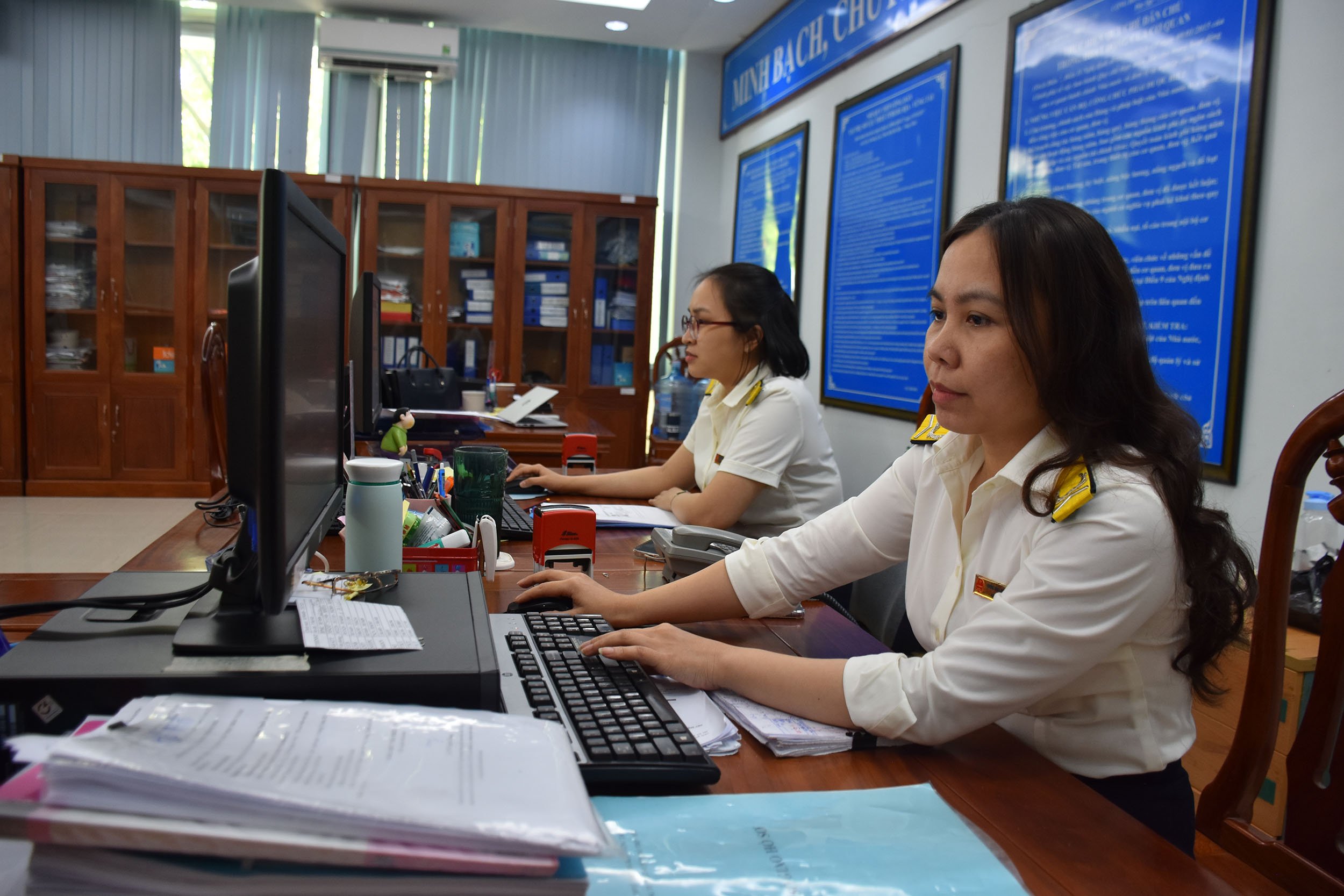




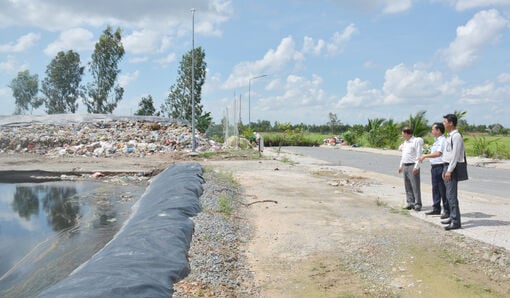



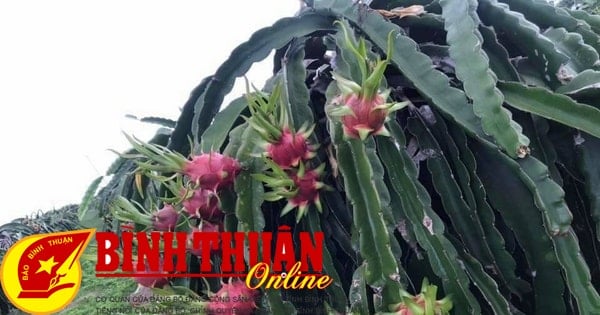

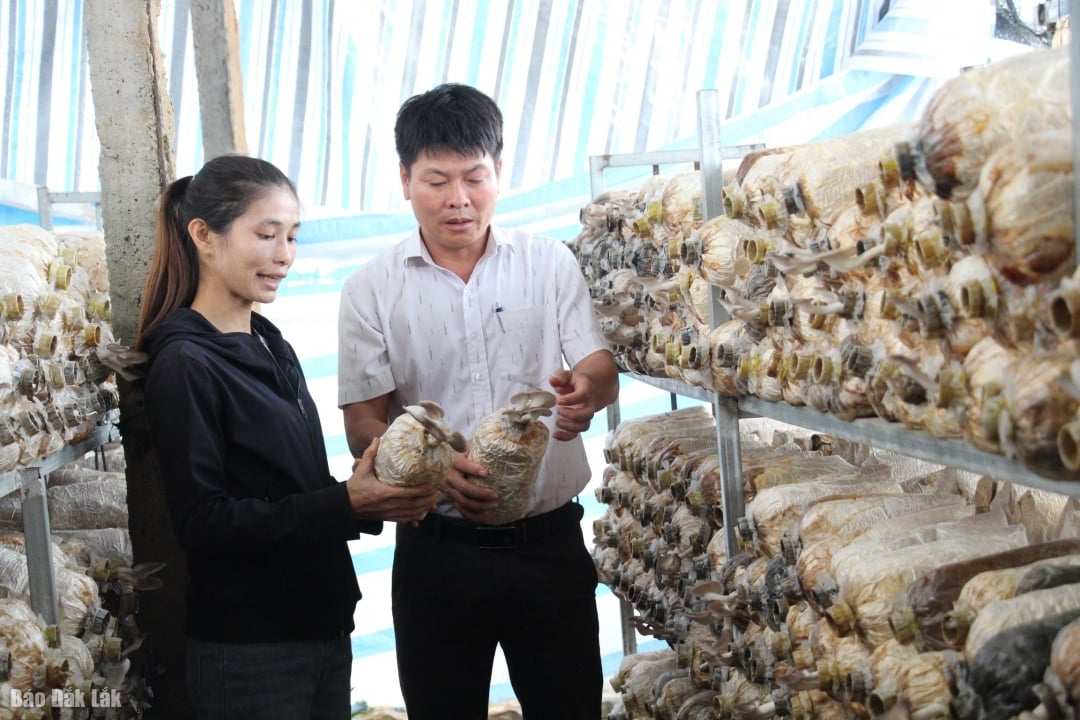


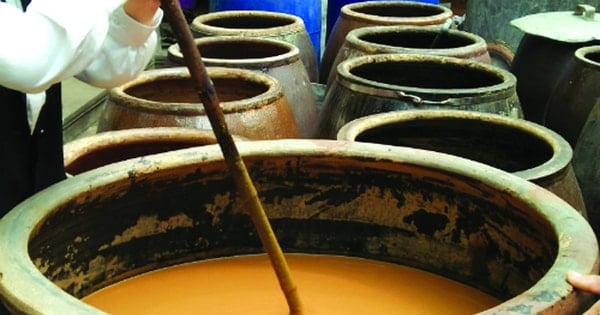


Comment (0)